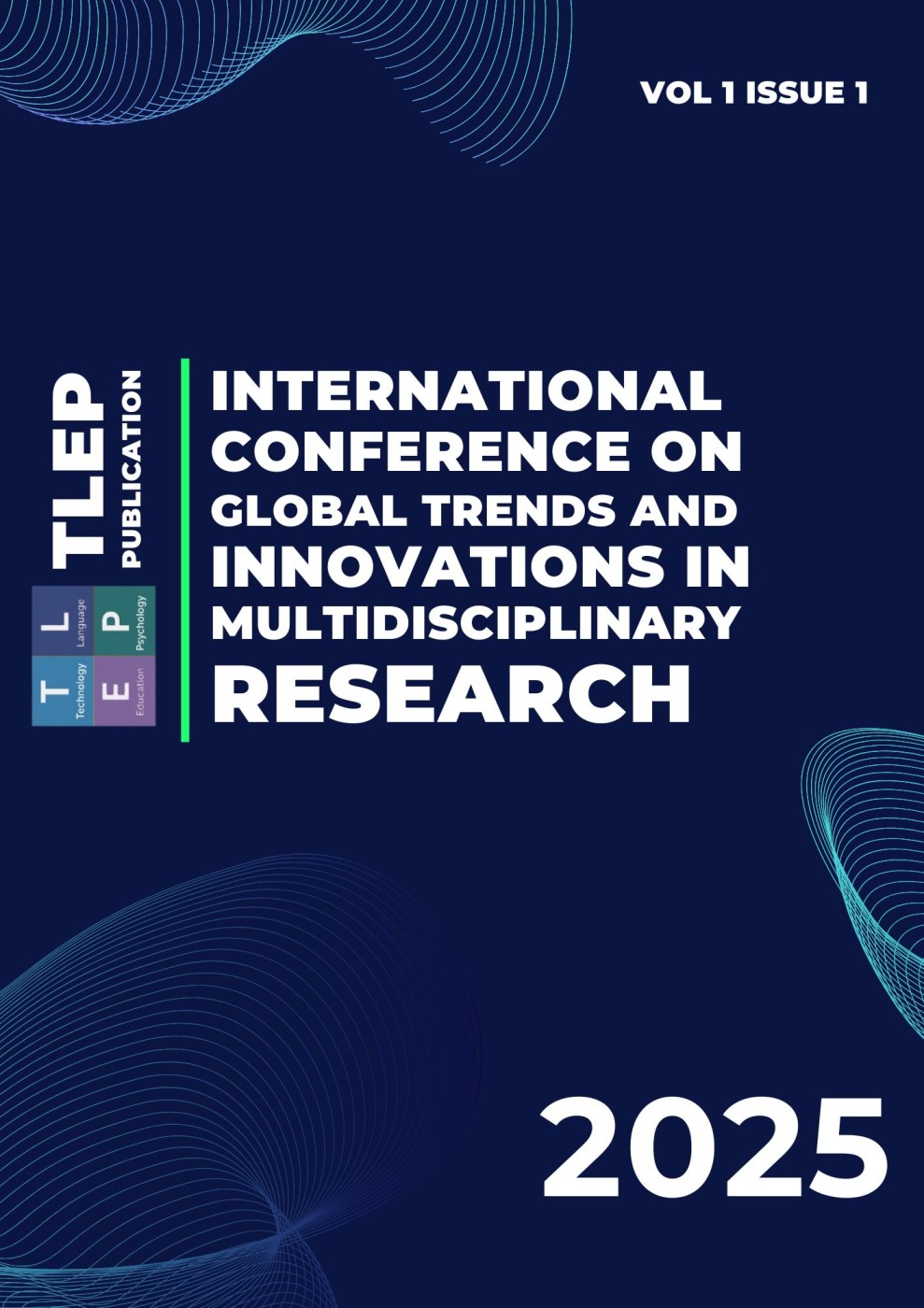Advanced Practices In Foreign Language Teaching
Keywords:
Foreign language teaching, innovative methods, communicative language teaching, gamification, flipped classroom, CLIL, technology-enhanced learning.Abstract
Innovative methods in foreign language teaching have transformed traditional educational practices, offering dynamic and engaging approaches to language acquisition. This article explores modern methodologies such as communicative language teaching (CLT), task-based learning (TBL), content and language integrated learning (CLIL), flipped classrooms, gamification, and technology-enhanced language learning (TELL). These methods address learners' diverse needs, foster real-world language application, and incorporate digital tools to enhance engagement and proficiency. By analyzing these approaches, we highlight their effectiveness in creating student-centered, immersive learning environments that align with contemporary educational trends. The study underscores how innovative strategies can overcome common challenges in foreign language education and accelerate language learning outcomes.
References
Brown, H. D. (2017). Principles of Language Learning and Teaching. Pearson Education.
Ellis, R. (2003). Task-Based Language Learning and Teaching. Oxford University Press.
Coyle, D., Hood, P., & Marsh, D. (2010). CLIL: Content and Language Integrated Learning. Cambridge University Press.
Lee, J. F., & VanPatten, B. (2003). Making Communicative Language Teaching Happen. McGraw-Hill.
Gee, J. P. (2007). What Video Games Have to Teach Us About Learning and Literacy. Palgrave Macmillan.
Warschauer, M., & Kern, R. (2000). Network-Based Language Teaching: Concepts and Practice. Cambridge University Press.
Vygotsky, L. S. (1978). Mind in Society: The Development of Higher Psychological Processes. Harvard University Press.
Prensky, M. (2001). Digital Game-Based Learning. McGraw-Hill.
Cambridge English. (2020). The Impact of Technology on Language Learning. Cambridge University Press.

